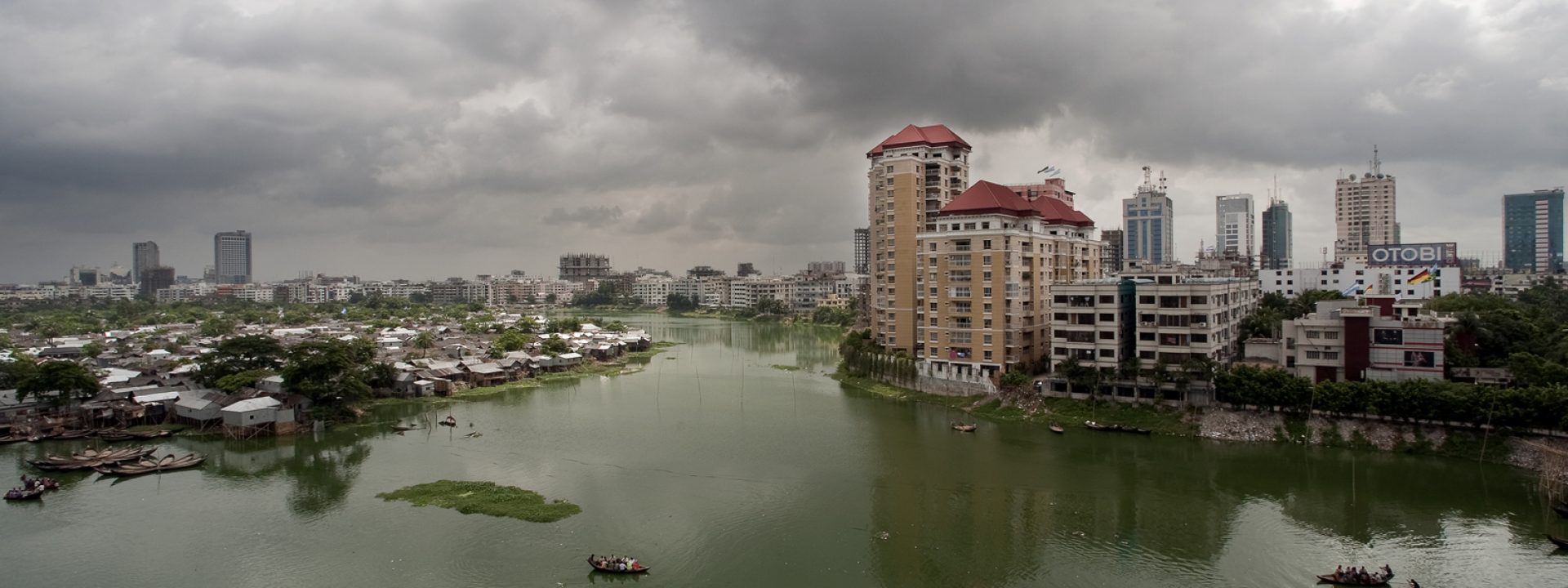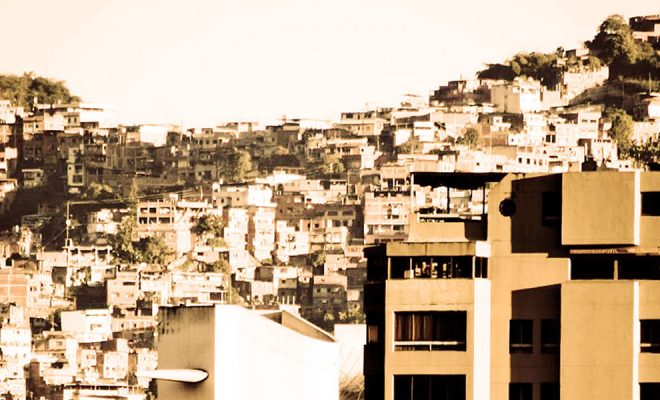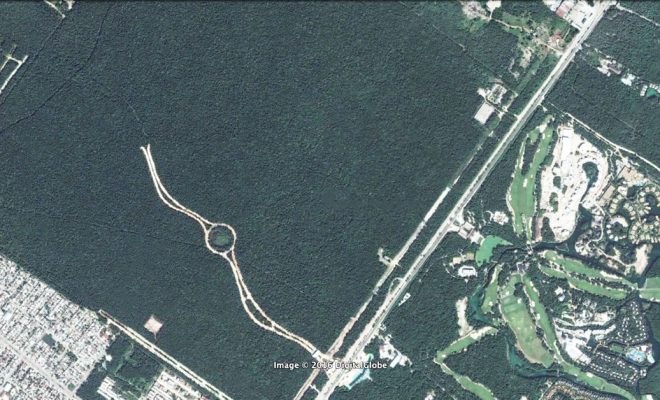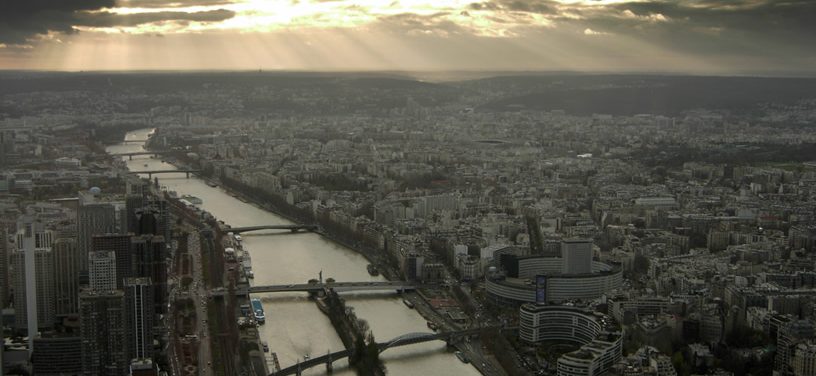
© Jaqme / Paris
Cities are huge consumers of resources in the purest style of linear economy: to produce, to use and to throw away. This is how they were conceived until now and this is why they have become an extraordinary focal point of pollution and over-exploitation of resources. The urban mass, which takes up nearly 4% of the Earth, is the source of 75% of the CO2 emissions and consumes 13% of the drinking water while generating huge quantities of all types of solid waste. We do not need the COP 21 resolutions to point it out, nor do we need the warnings from ONU Habitat: it is more than evident that if we wish to reverse the degradation process of our planet we need to change the urban model.
In the article Water will save our cities, we referred to the model of a “regenerative city” as a deep-rooted trend in urban planning and modern architecture: cities that generate as many resources as they consume. But we as inhabitants of large cities are pessimistic. Is such a city possible? The architect Alberto Kalach, creator of one of the most ambitious urban projects in this sense, Mexico, Lakeside City, believes so:
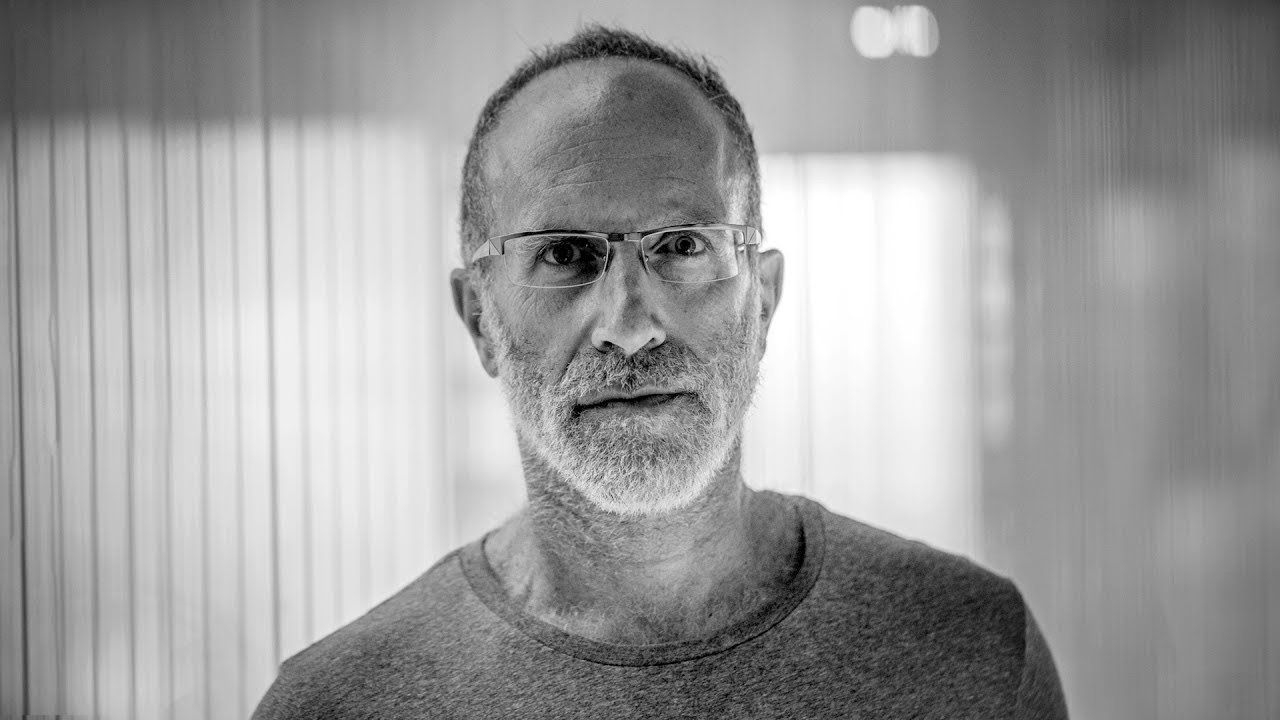
A vital and optimistic model
The concept of regenerative city is an optimistic one. It was inspired by the “urban vitalism” philosophy of the legendary town planner Jane Jacobs, who thought that cities needed to develop their internal vitality to “find the seeds of their own regeneration.” Since its establishment in 2007, the World Future Council, stood up for the concept of regenerative city, which has been endorsed by ONU Habitat: a regenerative city would benefit the environment and the natural ecosystems, driving local economy, and improving the connection and cultural life of its neighbourhoods. Such a city would guarantee its capability for a constant and automatic renovation becoming a vector of prosperity and an essential tool to attain the Sustainable Development Goals (SDG) and to combat climate change.
Can an urban conglomerate as we know it become such a marvellous place? First, the change of model should be based on the transition from a linear to a circular economy: “to reduce, to reuse and to recycle”, instead of using natural resources to generate tons of waste in a linear input-output system. The emissions of gases could be eliminated by using renewable energies for the industry and automotive sector, and to do this, administrative action would be needed in favour of the profitable use of solar and wind energy. A direct action from citizens would be essential to guarantee the recycling of solid waste, and it should go hand in hand with circular production systems that would involve companies. Regarding water the situation is very different, but the first steps towards a recycling model have already been taken: the water crisis and climate change have impelled us to do so.
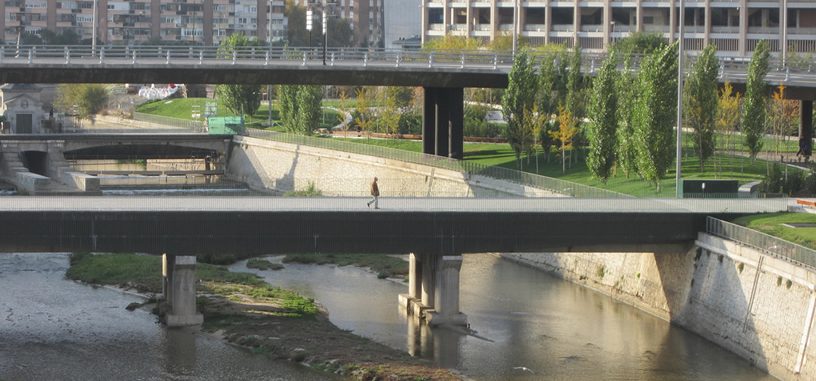
©La Citta Vita/Manzanares/Madrid
Treating water is not the same as regenerating it
In the 70s and 80s, the water crisis broke out in cities mainly due to pollution. The rapid and uncontrolled growth of the cities generated a lethal increase of grey waters and sewage spills into rivers and seas. The next generation water treatment plants has ended with the most severe part of the problem, but it has revealed something else: water cannot be considered a renewable good in all cities any longer, especially in those located in areas with water stress, which in many cases are the ones that have experienced a greater increase in their population.
In Spain, the recycling of water has been introduced in cities such as Madrid and Barcelona, which reuse part of their water for secondary uses, such as the watering of parks and the hosing-down of streets, but the problem is complex. Large cities are supplied with water that usually comes from a river that has received treated water, this water needs to be made drinkable for human use, after which it is spilled into another river after undergoing a treatment process. As commented by Damià Barceló, director of the Catalan Institute of Water Research, “a citizen from Amsterdam has tap water that has undergone 15 or 16 water treatment processes in cities located upstream of the river Rhine.”
This system demands a water treatment technology that needs to advance constantly to avoid the emerging pollution and in some cases, such as in those cities with forecasted supply problems in the future, it is unsustainable in the long run.
Cities are not alone
Another problem of applying this regenerative city model to the existing large cities is that in many cases they cannot be considered in isolation, as the environmental imbalance they produce is multiplied by that of the adjacent urban areas with which they share resources and, logically, waste. Barcelona is the typical example, as it is a city surrounded by cities, making up a metropolitan area that devours water resources with a different origin and availability, and which is threatened by an uncertain future in regard to the availability of water. In this case, the Prat de Llobregat water treatment plant, which along with the Besós plant is responsible for the water treatment of the waters of Barcelona, is a next generation one, with a capacity of 2.600.000 m3; but when considering the volume of treated water that is spilled into the sea in the Barcelona coastline we need to take into account the other 24 water treatment plants in the Besós river basin, one of the most industrialised in Spain, which treat more than 840.000 m3 of water daily before spilling it into the sea.
Similar cases can be found in the river basins affecting Madrid, Valencia and Seville, and in many other cities around the world: there is more to consider than just the city itself and when it comes to water there are different management structures in every municipality (private, public and combined ones) that need to be taken into account. For all these reasons it is easy to see that the application of the regenerative model is very complex.
At the debate Smart Water, Smart Cities organised by the We Are Water Foundation at the iWater venue in Barcelona, Santiago González, CEO of the architectural firm Naos declared that it will take us a long time to have cities with a sustainable water management.
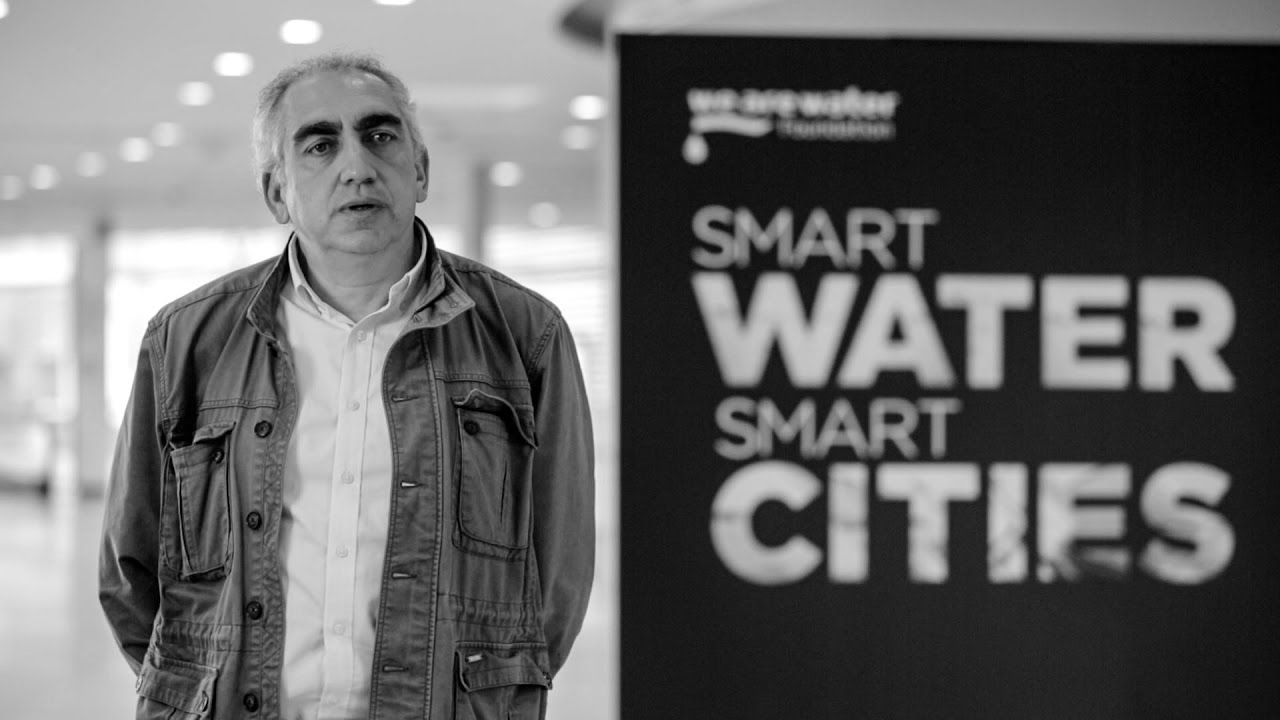
Nature is our hope
At that same debate, Carmen Sarmiento, head of Sustainable Development at OHL Desarrollos, the company behind the project Ciudad Mayakoba, explained how modern tourist destinations are being designed with a regenerative model in mind.
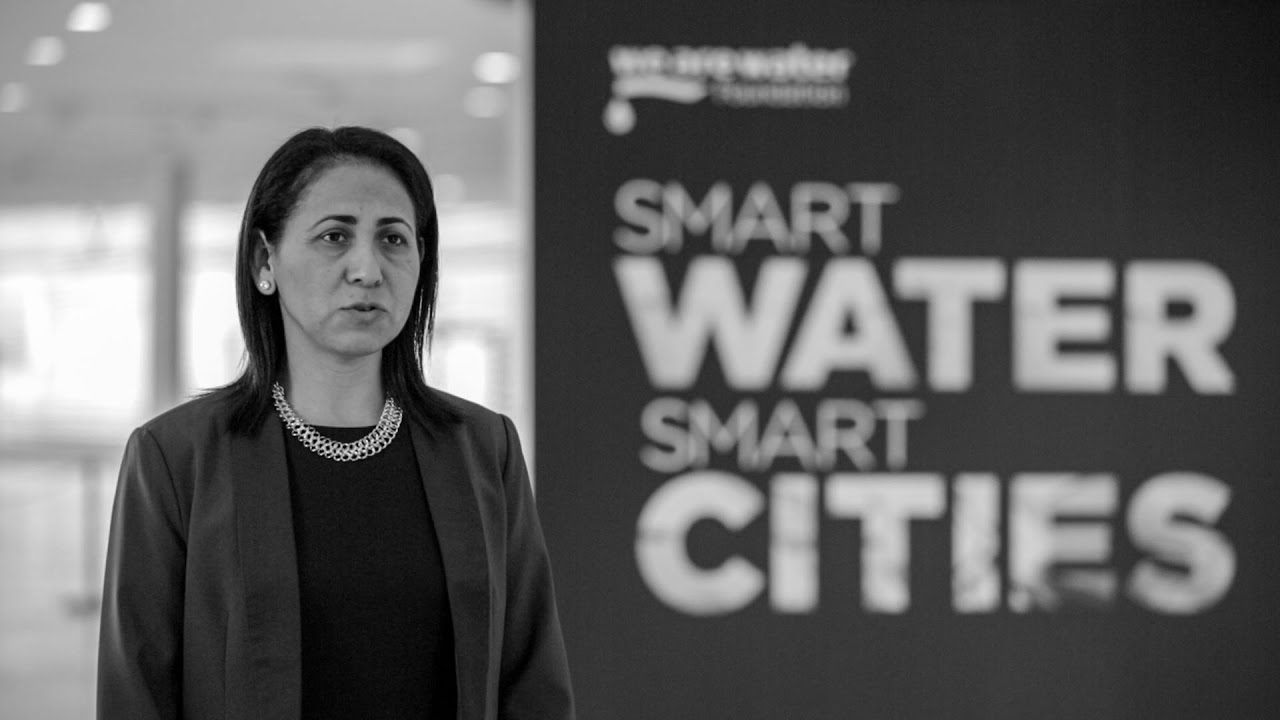
The scale is certainly very different and could be misleading, as it is possible, for instance, to design a desalination system powered by renewable energies to supply a tourist resort or a small housing complex, but considering the large-scale desalination of cities with millions of inhabitants is something very different.
On the other hand, desalination takes us again to the linear economy model. The production of drinking water to spill it afterwards is not the solution, as indicated by Juan Mateo Horrach, expert in waste management and water reuse, when he mentions the case of the island of Mallorca in his iAgua blog: “It is true that the desalination option is available, allowing us to produce high quality water from seawater, although at a cost that is higher than one euro per cubic metre and with an important energy consumption. But this is a clear example of linear economy. We obtain a necessary resource by means of a production process, and when we have used it we spill it into the sea or into the environment, after having treated it to avoid severe pollution problems, spending again another euro per cubic metre and avoiding its possible use, in order to continue producing water from the sea.”
Horrach indicates other options, such as the ones involving the regenerative power of nature to obtain water that is suitable for human consumption: “This implies a good water treatment, a filtering and disinfection process and the infiltration into an aquifer, which after a few months will ensure high quality drinking water.” And he mentions the experience carried out in Port de la Selva, a town in the province of Gerona, with very good results. The scale in this case is also small but the huge perspectives that open up are encouraging.
The regenerative city is therefore a model with a complex implementation, especially if we consider the scale of New Delhi, Madrid or Mexico City, but it establishes a reference to be followed to start changing the great urban crust. A change not only required by the planet´s sustainability but also by the dignified and righteous life of those who suffer the worst consequences of living in a city.


